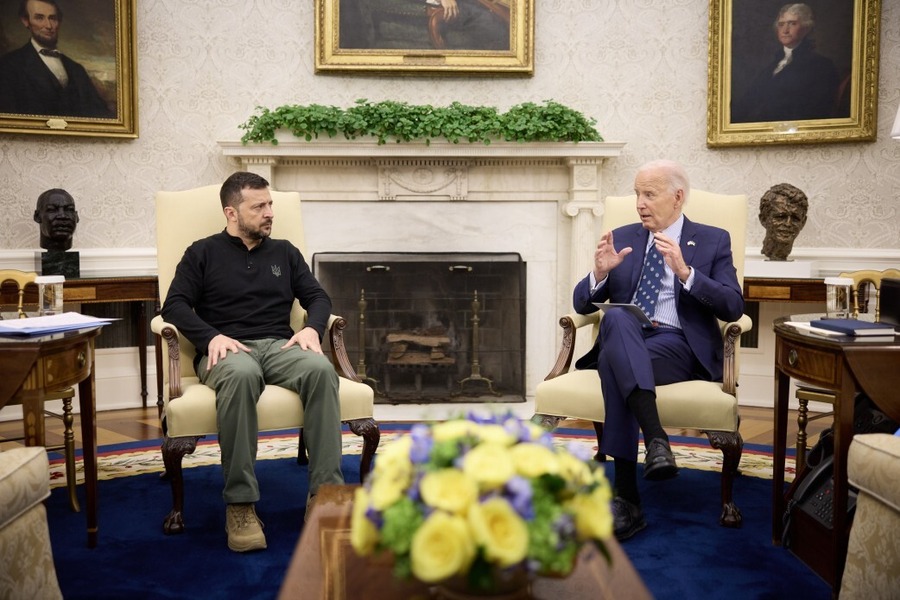The Conference Version of the NDAA: Lingering Ambiguity as to Citizens
[UPDATE (12/13/11, 9:45): A careful reader points out that in the earlier Senate bill, there were no commas after the words "United States citizens" and "lawful resident aliens of the United States". So the question is whether the addition of the commas is meant to cabin those clauses off from the last clause ("or any other persons who are catpured or arrested in the United States") in a manner that forecloses using the "in the United States" limitation with the citizen and LPR categories. Given that I and others had previously pointed out this ambiguity, it seems to me that the addi
Published by The Lawfare Institute
in Cooperation With

[UPDATE (12/13/11, 9:45): A careful reader points out that in the earlier Senate bill, there were no commas after the words "United States citizens" and "lawful resident aliens of the United States". So the question is whether the addition of the commas is meant to cabin those clauses off from the last clause ("or any other persons who are catpured or arrested in the United States") in a manner that forecloses using the "in the United States" limitation with the citizen and LPR categories. Given that I and others had previously pointed out this ambiguity, it seems to me that the addition of the commas may well have been intended to address that issue, which if so suggests that the location qualification is in fact intended to attach to the last clause only and not to citizens and LPRs...]
This is the latest in a series of posts addressing the potential impact of various versions of the NDAA on the question of authority to detain US citizens. Yesterday (Monday Dec. 12, 2011), the Conference Committee produced language reconciling the Senate and House versions of the NDAA. On this issue (citizens and detention), the language is the same as in the final Senate bill:
Section 1021(e)
That is, the NDAA should not be read to express views on such questions one way or the other, but rather the matter if litigated should be decided under the original AUMF just as it would have been absent the NDAA. But note that the language is not sufficiently clear whether this rule of construction is meant to encompass citizens and LPRs captured anywhere, or just when captured in the United States itself. That is, should the "captured or arrested in the United States" clause at the end be read as modifying only the language "or any other persons," or instead as modifying all three categories listed in that sentence?AUTHORITIES.—Nothing in this section shall be construed to affect existing law or authorities relating to the detention of United States citizens, lawful resident aliens of the United States, or any other persons who are captured or arrested in the United States.
Robert (Bobby) Chesney is the Dean of the University of Texas School of Law, where he also holds the James A. Baker III Chair in the Rule of Law and World Affairs at UT. He is known internationally for his scholarship relating both to cybersecurity and national security. He is a co-founder of Lawfare, the nation’s leading online source for analysis of national security legal issues, and he co-hosts the popular show The National Security Law Podcast.




.jpg?sfvrsn=8588c21_5)
